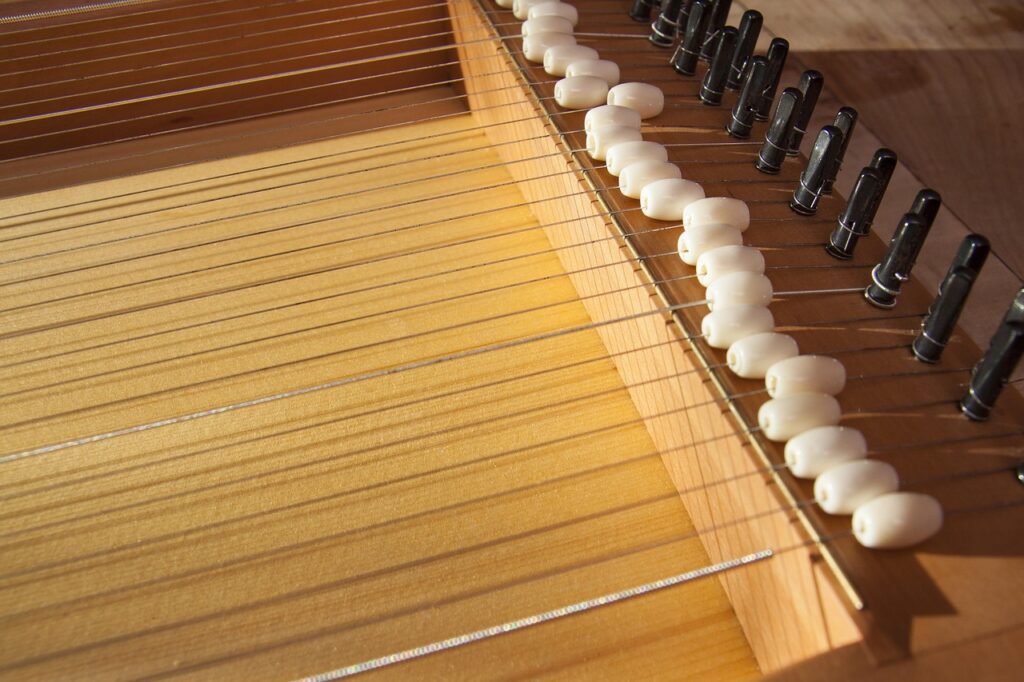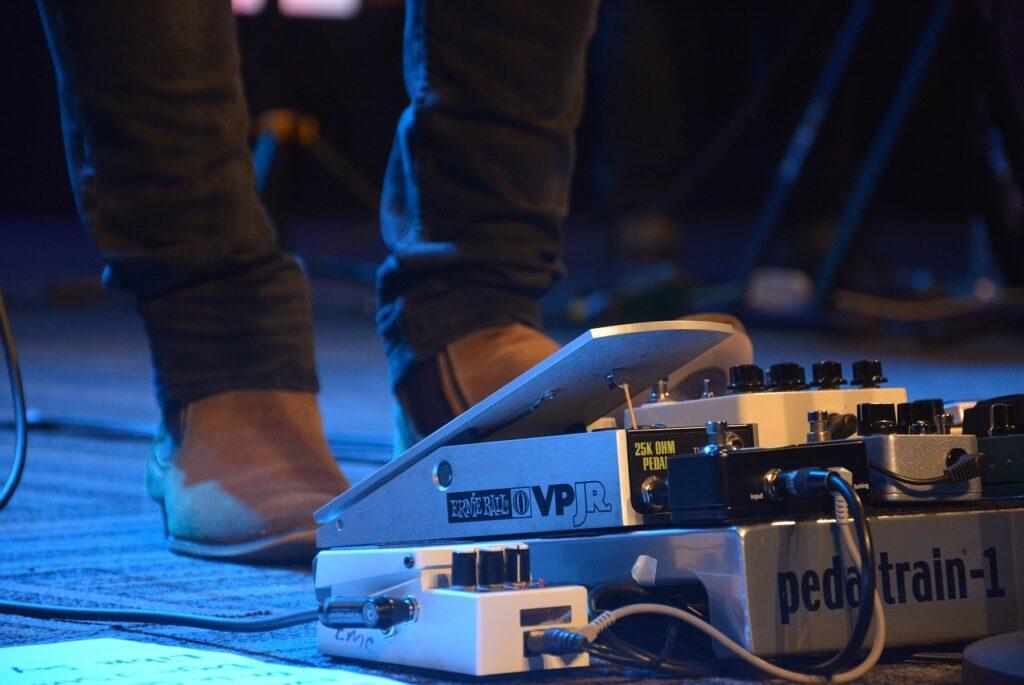Chord

The archive gathers together the posts about tuning chords.
Chord
Do you want to know how to tune chords better?
Chord Defined
The term does not come from the word cord (i.e., string). Rather, it comes from the Middle English word cord, which means accord. In other words, the notes in a harmony are in accord, meaning they work well together.
Likewise, the term harmony, a synonym of chord, also carries the idea of notes that work well together. Therefore, harmony remains a branch of music theory that deals with how notes combine to create consonant and dissonant groupings.
The notes in a harmony can be played one after the other. However, most often harmony deals with notes that happen at the same time.
When a chord gets played as a block, it remains sensitive to mistuning. Therein lies the problem with harmony, it can be tricky to tune.
Tuning Chords
Equal temperament remains the standard tuning for instruments like the piano, organ, guitar, and xylophone. It makes compromises in the harmonies in order to keep the total number of notes to a workable amount.
Equal temperament could be thought of as a well temperament that spreads the tuning errors evenly across the whole tuning system. It has the advantage that none of the chords sound really bad. Also, all of the scales remain usable.
However, the equal tempered major thirds are just spitting distance from being out of tune.
How to Better Tune Chords
A new tuning system, called Supplemented Equal Temperament, creates an enhanced version of equal temperament that has better sounding chords.
Many of the following posts talk about how to tune harmonies using Supplemented Equal Temperament, while other posts deal with singing harmonies in tune.
© 2021 Geoffrey Keith
Back to the Successful Music Student Blogs page











